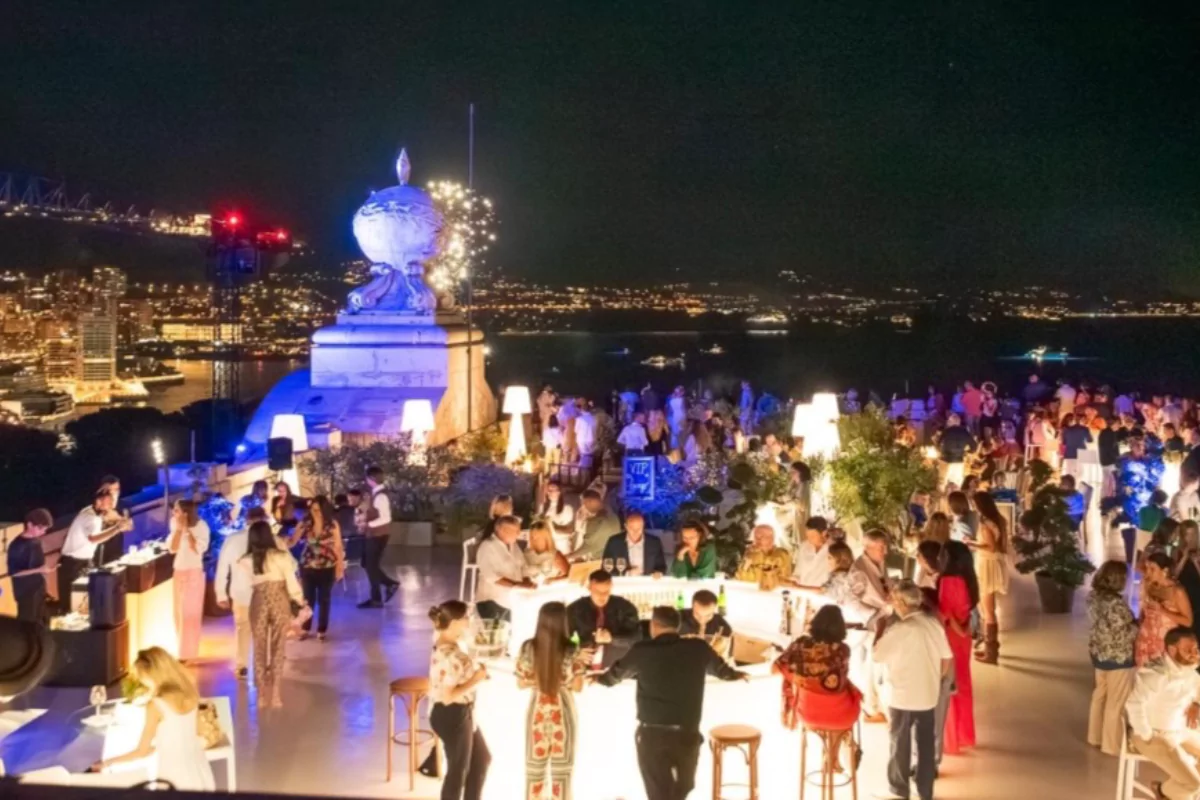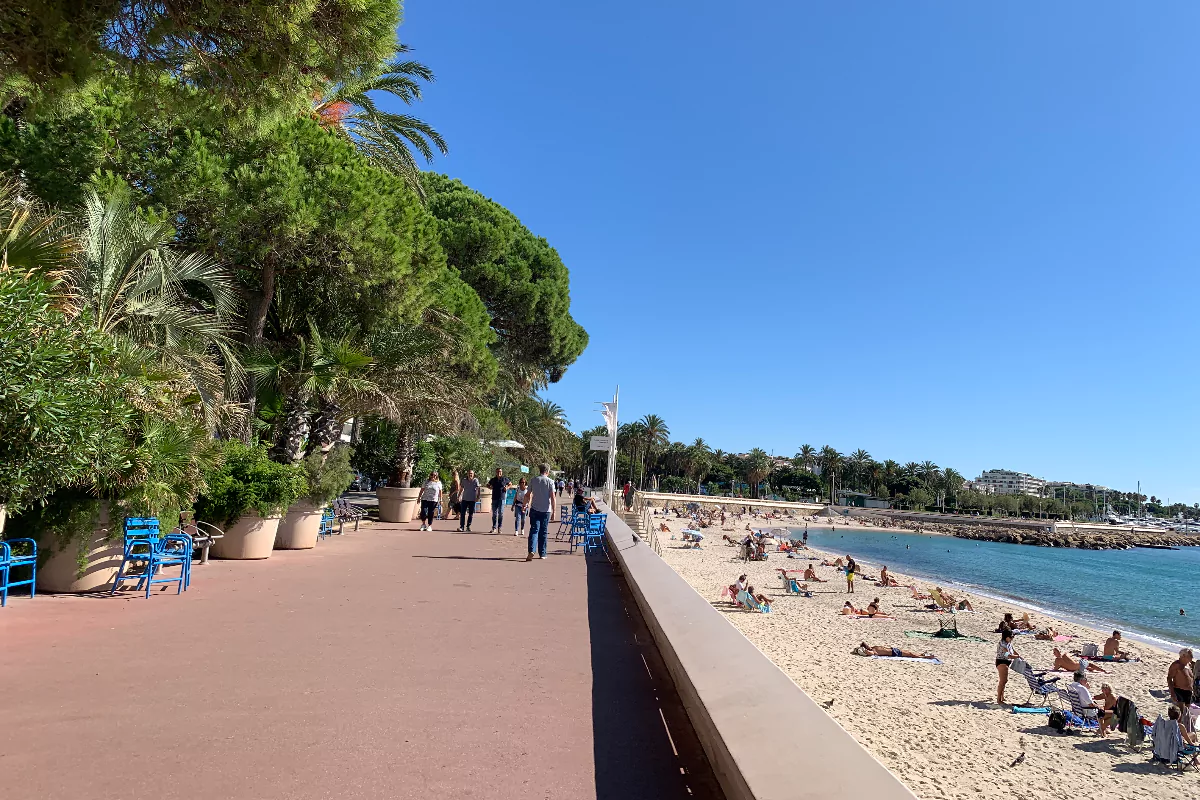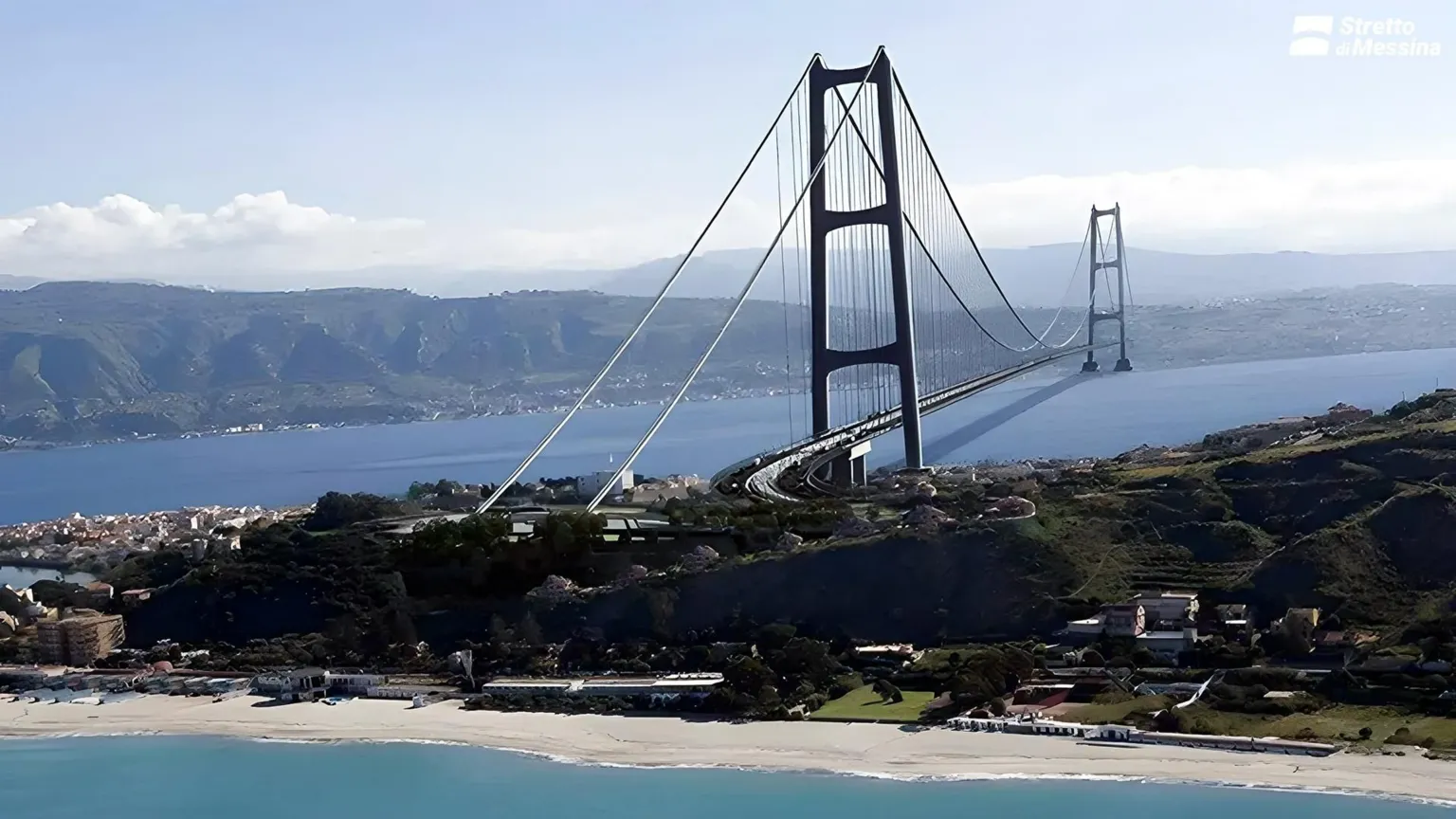The Friends of the Monaco Oceanographic Museum Association (AAMOM) hosted their second annual charity on 26th July to raise funds for restoring historic pieces from the museum’s collections.
The ‘Party for a Cause’ event took place on the museum’s rooftop in collaboration with Trinity, welcoming nearly 250 guests for an evening focused on heritage preservation.
“I wish to express my profound gratitude to the owners and team at Trinity, as well as all our partners, participants, and volunteers who contributed to the success of the second Summer Party,” said Leila Elling, AAMOM president. “Thanks to you all, historically significant objects will be passed on to future generations.”
Guests enjoyed cocktails and dining while DJs Seb and Marc provided entertainment, alongside performances from duo Anata Project. Drinks were provided by Monte Carlo Champagne and Monte Carlo Vermouth, with artisanal ice creams from Rossi.
The organisers included family-friendly elements, setting up a relaxation area with Thermes Marins and a children’s corner with activities, including a ceramic painting workshop run by Forms Monaco.
Prize draw
The evening featured a tombola with several notable prizes. The main prize was an original lithograph of a crab, donated by the Oceanographic Museum.
Other prizes included dinner for two at Yannick Alléno’s Pavyllon Monte Carlo restaurant courtesy of Hôtel Hermitage, a jewellery set from APM Monaco, dinner at Trinity, tasting sets from Monte Carlo Champagne and Monte Carlo Vermouth, and a €200 voucher from Bukawa Swimwear.
The evening concluded with Monaco’s firework display.
AAMOM, established in 2011, brings together people interested in maintaining links with the museum and promoting its work. The association supports the museum’s activities, encourages its ocean protection policies, and works on public education about marine conservation
Stay updated with Monaco Life: sign up for our free newsletter, catch our podcast on Spotify, and follow us across Facebook, Instagram, LinkedIn, and Tik Tok.
Main photo credit: Musée océanographique de Monaco


